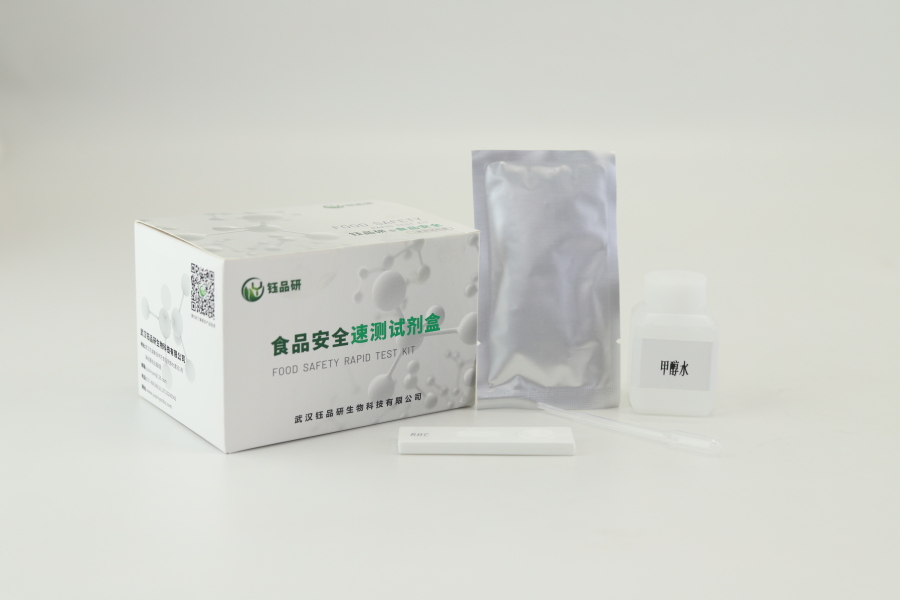Dexamethasone Colloidal Gold Rapid Detection Card is a diagnostic product specially developed for rapid detection of dexamethasone residues in food, which belongs to the typical application of colloidal gold immunochromatography technology. It mainly realizes qualitative or semi-quantitative detection of target substances on test strips through antigen-antibody specific binding reaction. It has significant advantages such as convenient operation, fast detection speed and low cost. It is an important tool for screening dexamethasone residues in the current food safety detection field.
From the technical principle, the core of this detection card is to use colloidal gold particles as markers. Colloidal gold has strong adsorption capacity and color rendering characteristics. When the colloidal gold particles labeled with dexamethasone antibodies move on the test strip, if the sample contains dexamethasone, it will compete with the colloidal gold-labeled antibodies to bind the pre-coated dexamethasone-carrier protein conjugate on the test strip. If the concentration of dexamethasone in the sample reaches a certain threshold, the colloidal gold-labeled antibody cannot bind to the conjugate on the test strip detection line (T-line), and the detection line does not show color; conversely, if the sample does not contain dexamethasone or the concentration is low, the antibody binds to the conjugate, and the detection line develops color. At the same time, the quality control line (C-line) always shows color to verify that the detection process is effective.
In practical applications, the dexamethasone colloidal gold rapid detection card is widely used in all kinds of animal-derived foods and agricultural products, such as meat (pork, beef, chicken, etc.), dairy products (milk, milk powder), eggs, honey, and some vegetables (such as mushrooms), etc., which can quickly screen the residue of dexamethasone, help regulatory authorities and enterprises to detect illegal additions or excessive residues in a timely manner, and effectively protect consumer dietary safety.
Compared with traditional detection methods (such as high performance liquid chromatography, gas chromatography-mass spectrometry, etc.), the outstanding advantages of this detection card are that the detection time is short (usually 10-20 minutes to produce results), the operation threshold is low (no professional equipment and complex pretreatment), the sample consumption is small, especially suitable for on-site rapid screening and large-scale batch detection scenarios, and plays an irreplaceable role in grassroots supervision, enterprise self-inspection and other links. However, its detection results are only qualitative or semi-quantitative, and accurate quantification still needs to be combined with laboratory instrument analysis, so it is often used as a primary screening tool.


